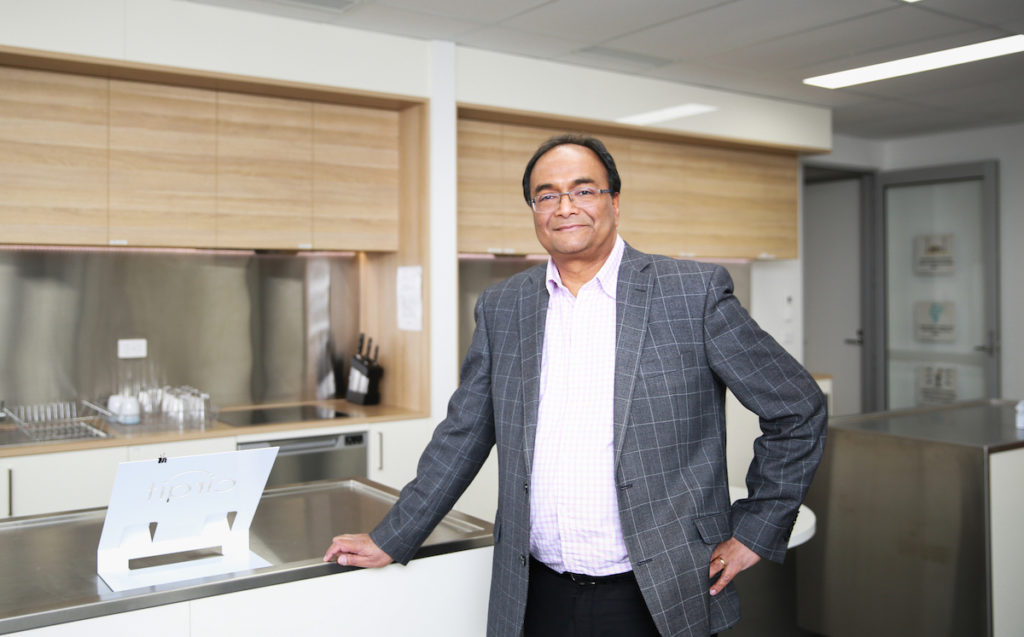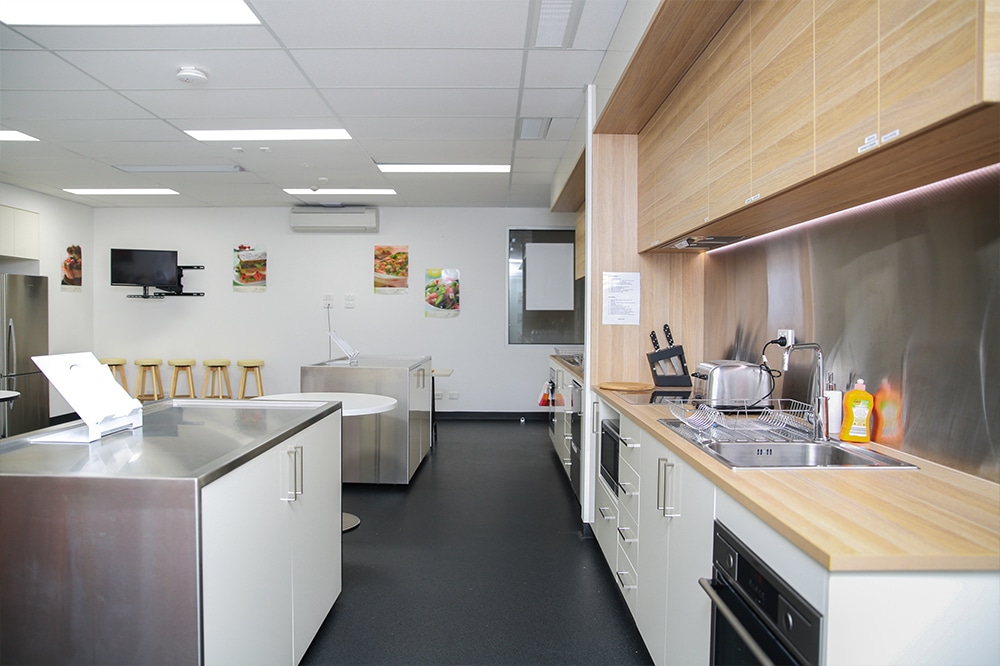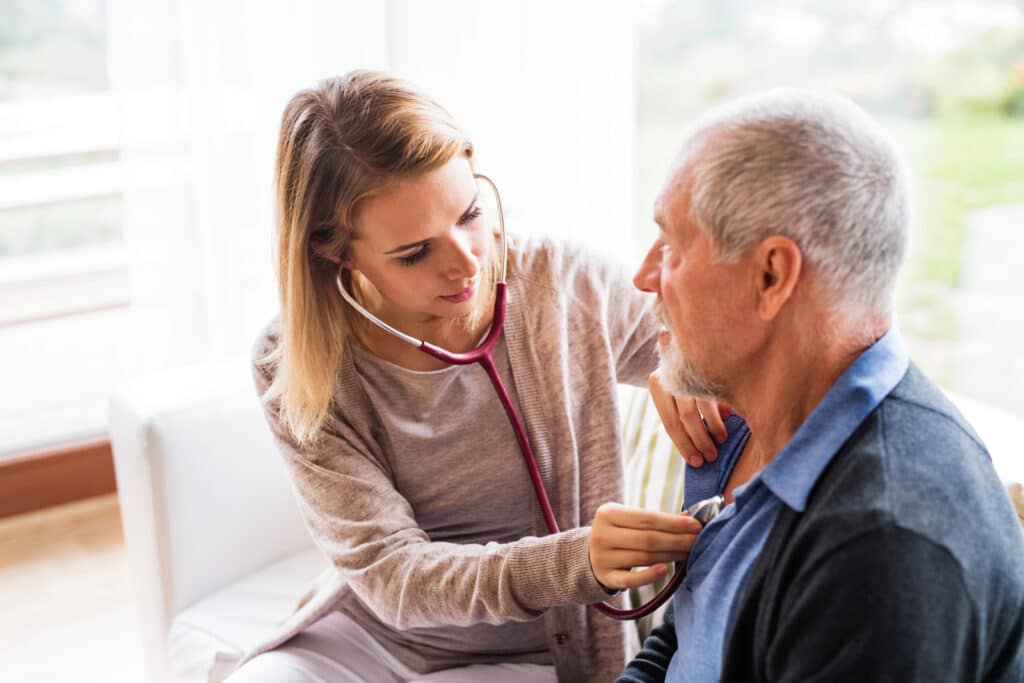A Conversation With Dr Mukesh Haikerwal

Over the years, Dr Mukesh Haikerwal has garnered a long list of accomplishments. He was the youngest serving president of the Australian Medical Association (AMA) from 2005 to 2007. He has represented Australia as Chairman at the World Medical Association and is a Professor Fellow at Flinders University. He has also sat in as a committee and board member for beyondblue, Cancer Council and CSIRO’s Australian E-Health Research Centre to name a few.
Mukesh and his wife are also the brains behind CIRQIT in Melbourne’s western suburbs. CIRQIT is an innovative learning centre located upstairs from Circle Health, which is a multidisciplinary health hub involving a general practice, pathologist, pharmacy, dentist, physiotherapist, psychologist, occupational therapist, and a host of other medical service providers.
Mukesh described CIRQIT as a space to provide a social response for health and wellbeing.
CIRQIT stands for Community, Innovation, Research, Quality and IT, and is founded on a community-based care model designed to complement the medical services being provided downstairs.
Showing me through the state-of-the-art facilities, Mukesh explained “CIRQIT will enable people to take responsibility for their own health. People who have control over their lives enjoy better health than people who do not. CIRQIT aims to tap into the natural energy that people have when they are encouraged to follow their own ideas and will build health from the bottom up.”
When we had finished the tour we headed upstairs and sat down to conduct the interview. Mukesh delivered two cups of green tea and I turned on the microphone.
How did Circle Health, the health hub, first come about?
“We first wanted to set up a health hub in the west because people out here weren’t being looked after. Doctors and staff didn’t want to work in the area and so patients were suffering. We wanted to create an aesthetically pleasing and comfortable place that health practitioners wanted to work in. A place where people could gather together and support one another so no one is working in isolation.”
How did CIRQIT, the learning centre, first come about?
“CIRQIT health is a separate entity within the building that my wife and I had our own push towards. It’s kind of the culmination of a dream if you like. This centre is about being able to do things differently. Breaking the mould. Breaking the circuit… CIRQIT-breaker.
“We see our patients, our collaborators, our community members, being CIRQIT-breakers to conventional ways to delivering health and promoting wellness.
“We call it show, know, how. You’re actually showing people, knowing people, giving people the knowledge to know what to do and how to do it.”
How did the cooking classes first come about?
“The cooking classes themselves were thought up by Coralie Lowe a nutritionist. She is in many ways the brains behind the kitchen side of this. We all know good health starts with good nutrition and good diet. And we know that we often say to people, ‘You need to exercise and you need to look after your diet’. But often the question then is: ‘How do I do that if I’ve never done any cooking before?’ So we’ve actually put in place a double kitchen where people can learn to cook with a nutritionist, a dietician, and other disciplines who want to be involved. It’s about wellness not about illness.”

Who are the classes for?
“There are cooking classes for everyone who wants the help. We’ve had people with chronic diseases, like kidney disease where they have certain dietary needs. One in two Australians have at least one chronic disease. And 20% have more than two. So it is a significant number of people who have these things. People talk about diabetes and this is a big one too, but even if you look at arthritis, diet and exercise is also very important.
“Then there are those people who’ve never cooked since leaving home. People who are no longer with their partner or find themselves in a place where they are forced to fend for themselves. The classes are for them too.”
How does a cooking class typically run?
“We do groups of four… six… eight people. They work with a nutritionist or a dietitian, who runs talks about what their diet might look like in a week. For instance, we might look at what they spend on takeaway and then look at the nutritional value of such a meal. And then we’ll compare that to a healthy home cooked meal. We’ll do a weekly menu, do up a bit of a budget, buy the ingredients, prepare the ingredients, cook everything and then, when they have finished the class, they have a week’s worth of food.
“It’s transformed the way many people think about their health. Suddenly getting healthy is no longer something unachievable.
“One of my big dreams, which we are working on now, is the nonna, the nan, nonnie, the grandparent teaching the next generation or two generations about their secrets recipes and sharing that knowledge.”
How have patients reacted so far?
“Those who have been up there are really excited and enjoyed it. Although right now we are just testing the space and the concepts. We haven’t got the personnel on the books yet to deliver everything at scale and that’s why we’ve not gone into the public space with it at this stage. We’re probably not prepared enough for that.
“We’re doing this in an achievable manner, step by step, and trialling things before putting it in the public space. In other words, do people want to be told what to do or do they want to be making choices? As in, do they want to be given recipes or do they want to have a choice?
Have you seen noticeable results?
“To get the direct link is hard because all these things take time to show a difference. So if you went into a weight loss class you could chart the weight loss, but how that affects a person’s health takes time to show. Like, does the blood pressure drop? Does the blood test result for cholesterol or lipids or whatever drop? These are difficult to measure over short periods.
“The biggest question in my mind is how well do patients actually feel? And how empowered do they feel? And that’s pretty immediate from what we’ve seen. The actual physiological changes will take time and flow through but we haven’t done a properly conducted trial yet. That’s not what we set up to do. We don’t want to be a university department. We don’t want to do a you beaut trial and run away. We want to do this for the long term.”
Are you partnering up with other organisations?
“We will work with Victoria University’s Australian Health Policy Collaboration because of the work they are doing on chronic disease. We also work with Diabetes Victoria for a similar reason. We work with The Good Foundation too, which is Jamie Oliver’s group. They want to do some work here because there has been no provision so far.
“Food Bank, the biggest provider of Victoria’s food security, they want to work with us too, because they want to go the next step from just delivering package food to giving you food you can cook. So not just giving someone a fish but teaching them how to fish.”
What advice would you give to someone looking to implement a similar program?
“I would start small but think big. So start small and do things piecemeal. Trial it, make sure you’ve got the manpower, make sure you got the support from people around you etc. But also think big because if you do a small build and it works and you want to expand, but you never planned for it, it will be very expensive. Whereas if you already have the space and you put the wires and benches in and so on it is not much more expensive going from one small kitchen to a double.
“But remember it’s not the fields of glory. If you build it, they won’t just come. There needs to be some thought that has gone into it. This is why it is best to move slow, so you can prove the model.”



